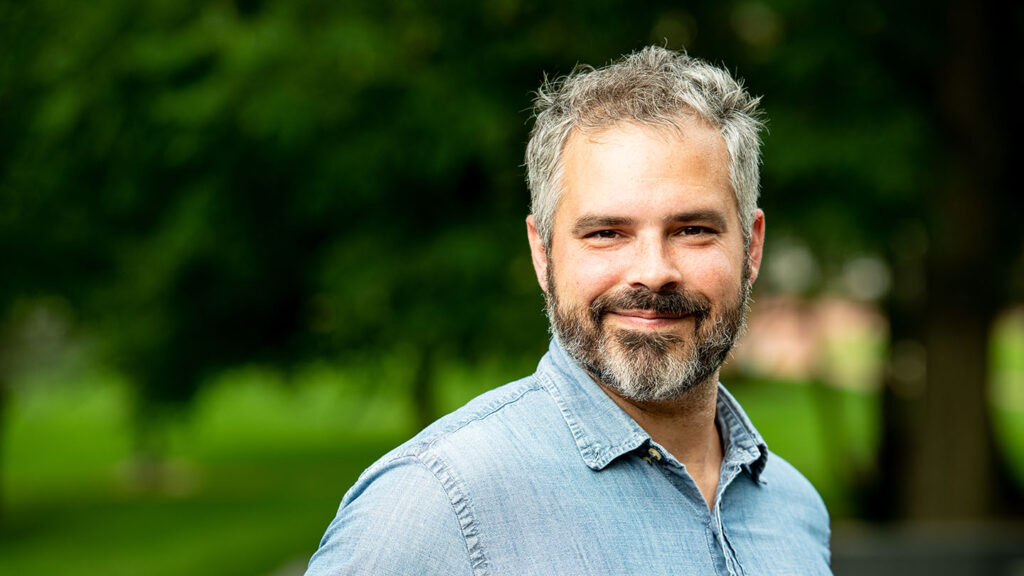Learn More About This Major

Neuroscience
This interdisciplinary field explores the development, structure, and behavioral consequences of the nervous system.
Assistant professor of neuroscience joins Lafayette after a position as a postdoctoral fellow at the Lieber Institute for Brain Development

I study: “As a behavioral neuroscientist, I’m really interested in how brain cells function to promote adaptive behavior. I am particularly interested in two processes that are critical for adaptive behavior: attention and memory. I study attention and memory in mice so that I can create links between what the brain is doing and what the animal is doing when it’s paying attention or using its memory to do something useful (like eating a tasty treat). I use techniques that let me see what brain cells are doing when the animal is active in real time, as well as techniques that let me measure gene expression in these brain cells.”
Why: “To me, attention and memory are particularly interesting for a couple of reasons. The first reason is that both attention and memory are cognitive processes that critically contribute to the very ‘core’ of our experience as human beings. Without the ability to evaluate sensory information, we would be reliant on outdated internal representations of our world. Without an ability to maintain our internal models, we lose our opinions, knowledge—indeed, our entire identity. (If you’ve had the experience of interacting with somebody who has Alzheimer’s disease, this would likely have been illustrated for you.) The second reason is that attention and memory are two of the most commonly affected cognitive domains in patients with neuropsychiatric disorders, including post-traumatic stress disorder (PTSD), attention-deficit hyperactivity disorder (ADHD), major depressive disorder (MDD), and schizophrenia. Due to the large roles that attention and memory play in our everyday lives, deficits of attention and memory in these patients are oftentimes completely debilitating.”
This fall I’m teaching: “Introduction to Neuroscience and Computational Neuroscience”
What students can expect from me: “In my classes, students will learn to think about the brain in a completely new way. They can also expect that they will get a comprehensive guide through the class material. (Students don’t need any coding experience to be successful in Computational Neuroscience—one of the things I’m excited about is building knowledge about coding from scratch with any student who is interested.) Students can also expect that they will be a valuable contributor to each class, either through discussions, group work, or project presentations. I am looking forward to getting to know each student this fall.”
I’m excited to be here because: “I love engaging with students and sparking not just an enthusiasm for neuroscience, but an enthusiasm for learning, discovering, and problem-solving in general. I am looking forward to being a part of the Lafayette community, where I know I will be able to create relationships that will lead to exciting science and new ideas. I am really delighted to be at a small liberal arts college where a well-rounded education and meaningful engagement with the world are valued.”

This interdisciplinary field explores the development, structure, and behavioral consequences of the nervous system.